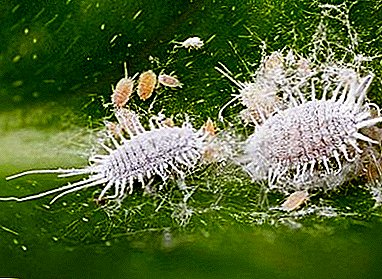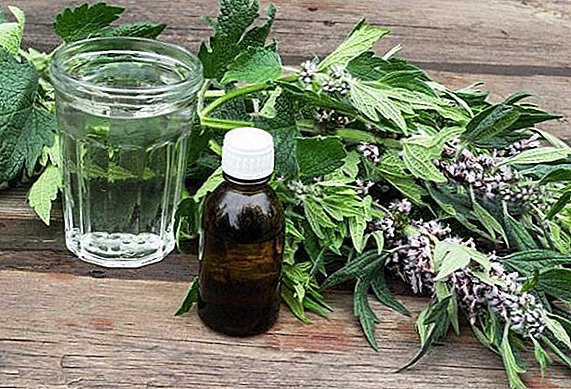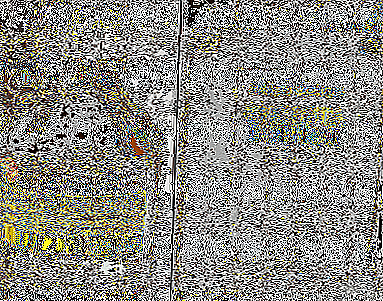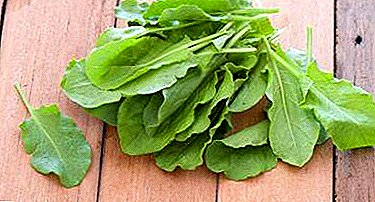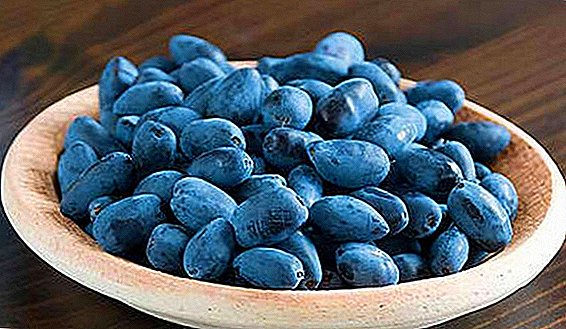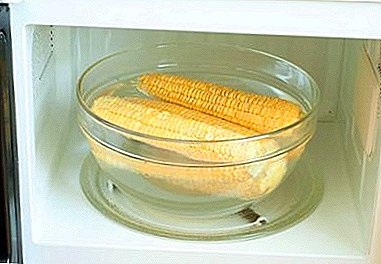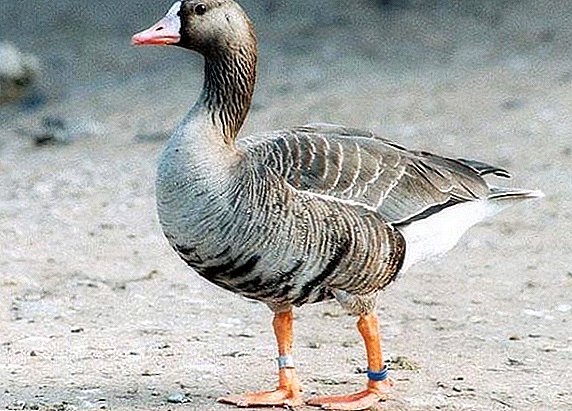 The White-fronted Goose (Goose) is a wild waterfowl from the duck family.
The White-fronted Goose (Goose) is a wild waterfowl from the duck family.
In this article we will look at where the white-fronted goose lives, especially the color and life cycle, as well as differences from other species.
Description and photo
Adults have a pockmarked brownish-gray color, which is much lighter on the belly and breast than on the back; feathers are edged with white at the edges. On the belly there are blotches of black feathers, which eventually become much wider and brighter. In adults, the beak is pinkish in color with a small white spot at the base, this feature gave the species its name. Paws in juveniles are yellowish-orange, in adult geese - orange-red.
In the wild, you can also find such representatives of birds: peacocks, mandarin ducks, guinea fowls, partridges, quails.

Important! Juveniles do not have spots on the forehead, so it is very easy to confuse them with the gray goose. It is the light belly and chest that are the main difference of this species at an early age.
Where does it live?
The nesting places where the white-fronted goose lives are quite extensive. These are mainly tundra of North America, Eurasia and Greenland. In more southern regions this bird does not nest, only winters, prefers grassy or marshland for living, closer to rivers or other fresh water bodies. During the flight, the geese can be found in the west of Ukraine, Russia and some European countries.
Important! The white-fronted goose population is quite numerous, this species does not require special protection, and it can be hunted.

Life cycle
Geese are excellent swimmers and in moments of danger they can dive for a short time. Despite the fact that it is a waterfowl species that nests mainly near water bodies, birds spend most of their time on land, grazing in the fields and returning to the water in the evening.  In the life cycle, there are several phases characteristic of the migratory species of birds:
In the life cycle, there are several phases characteristic of the migratory species of birds:
- laying and hatching eggs - usually begins in the middle of summer, hatching lasts about a month;
- brood driving - the brood is also growing for about a month, and by the time of migration to the southern regions, the chicks are already fully ready to fly over long distances;
- moult;
- pre-migration fat - while the chicks are growing up, the flock eats off for the winter flight;
- migration and wintering - this species migrates rather early, at the end of August - beginning of September, the first flocks begin to serve, choosing the coast of the Black, as well as the Caspian and Mediterranean seas for wintering;
- spring fat - in spring goose flocks also actively absorb food before the flight;
- reverse migration;
- pre nesting feeding;
Did you know? In America's cotton fields, geese are used for weeding after machine processing. Birds reach to small weeds, to which the machine does not reach, and do not tolerate the taste of a cotton stalk, therefore they do not harm the plantings.The life span of these birds in the wild is about 17-20 years, in captivity - about 27-30 years.

Nutrition
The white-fronted goose is a herbivore feathered, mostly preferring plants enriched with protein and algae. In the period when there are berries, these birds willingly eat them, and under special conditions they may even eat the rhizomes of some plants.
Did you know? When geese shed, they cannot fly fully. That is why flocks settle near the water so that they can swim away from danger or predators.
Breeding features
Females build their nests near low shrubs or on hills made of pasture materials, richly lined with their own fluff, which they pull at themselves and gather during shedding. The female lays an average of 4 to 7 eggs and incubates them for 25-30 days while the male protects the territory. If the goose needs to stand up, stretch its legs and eat, it covers the eggs with a layer of its fluff.  When the chicks hatch, care and upbringing is distributed between the male and the female. Young animals need about 3 weeks to get stronger for the flight, and the chicks feed on the same as adults.
When the chicks hatch, care and upbringing is distributed between the male and the female. Young animals need about 3 weeks to get stronger for the flight, and the chicks feed on the same as adults.
Because of its prevalence in the white-fronted goose, seasonal hunting is permitted in the countries of the former USSR. Also, this bird is eagerly grown in farming conditions, like any other type of duck family.




